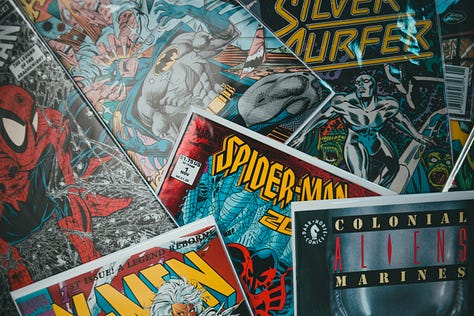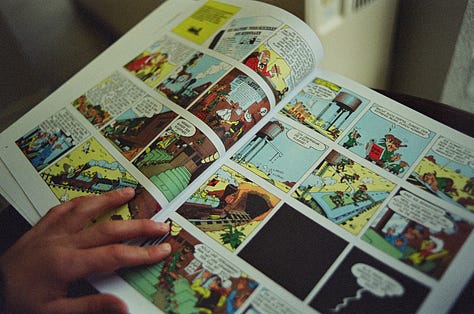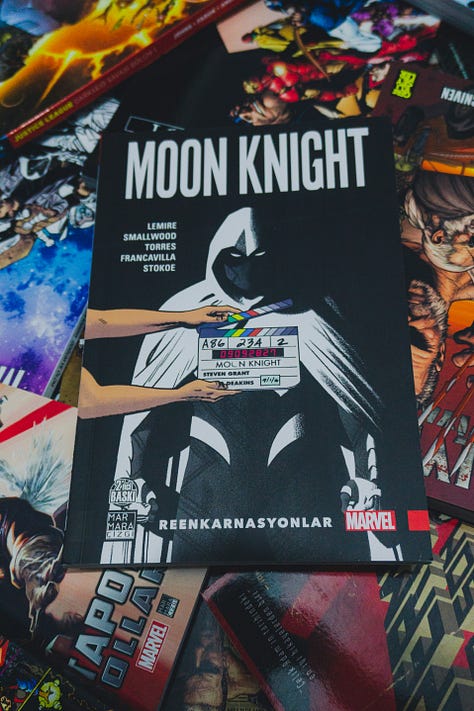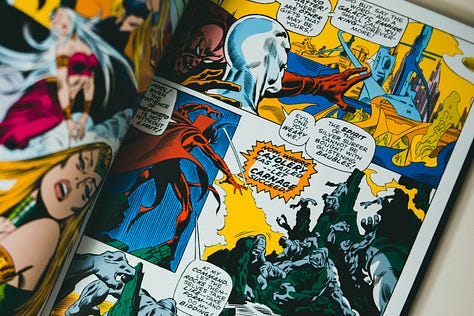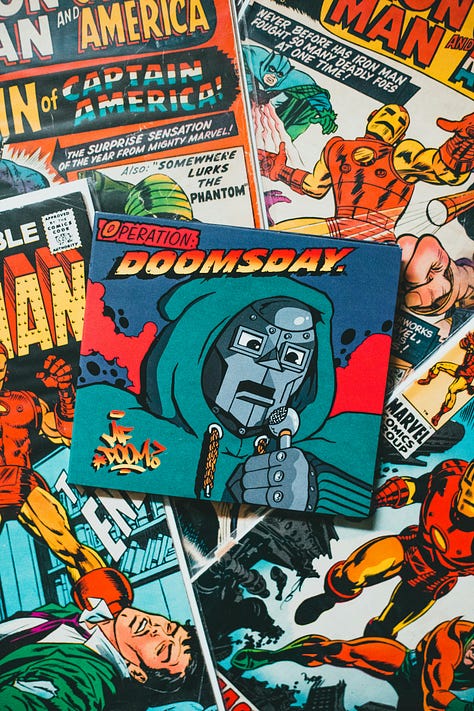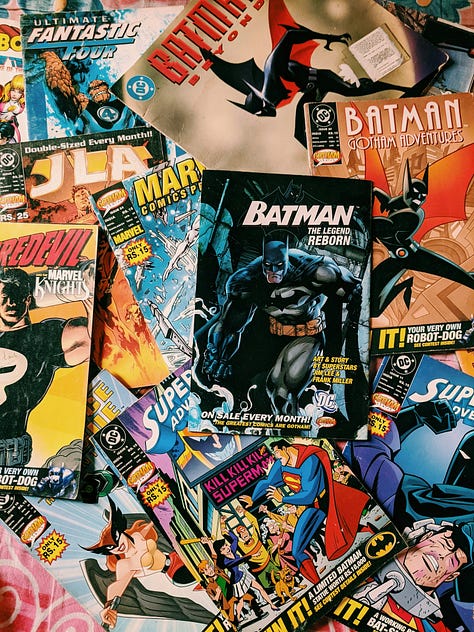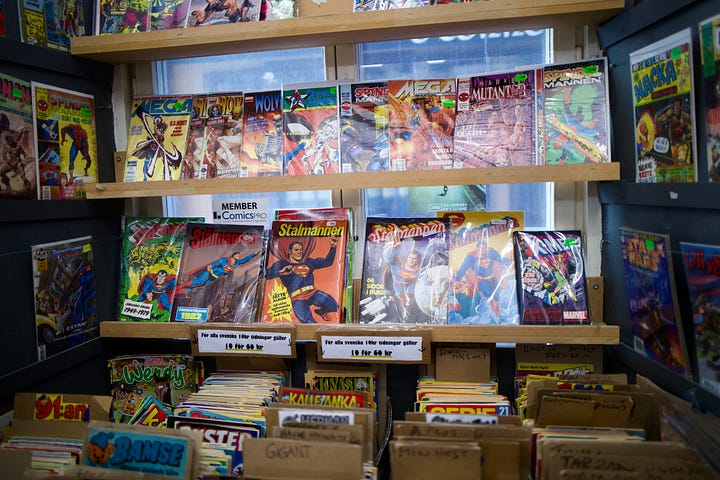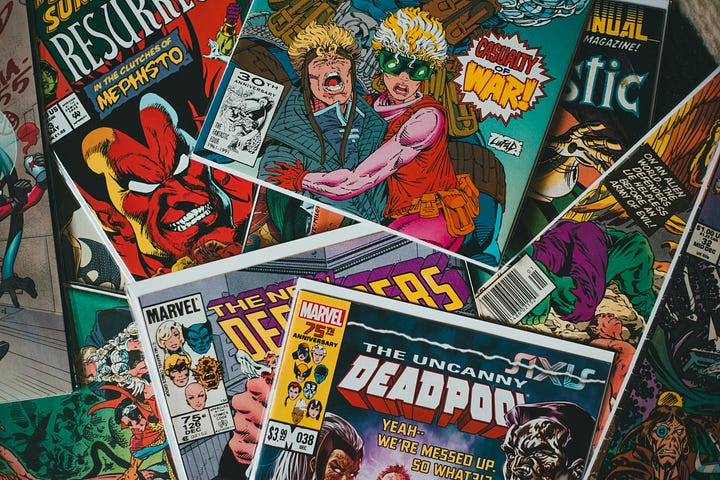Comic Books and Graphic Novels: Visual Storytelling with Impact
Comic books and graphic novels are dynamic forms of storytelling that blend visuals and text to create compelling narratives.
Comic books and graphic novels are dynamic forms of storytelling that blend visuals and text to create compelling narratives. While both use sequential art, they differ in format and delivery—comic books are usually shorter, serialized installments, while graphic novels are typically longer, self-contained stories. Over the decades, both formats have evolved from simple entertainment into powerful cultural and literary mediums.
Origins and Evolution
Modern comic books began in the 1930s with the rise of superheroes. Superman's debut in Action Comics #1 (1938) sparked the Golden Age of comics, introducing larger-than-life heroes and moral tales. The following Silver and Bronze Ages brought deeper character development and tackled real-world issues. Marvel's Spider-Man, for instance, struggled with teenage angst and responsibility, while the X-Men became metaphors for civil rights.
Graphic novels gained recognition in the 1970s. Will Eisner’s A Contract with God is often considered the first true graphic novel, presenting slice-of-life stories with emotional depth. The 1980s saw groundbreaking titles like Watchmen and The Dark Knight Returns, which proved comics could be dark, literary, and culturally significant.
Comic Books vs. Graphic Novels
The primary distinction lies in structure. Comic books are ongoing, with cliffhangers and serialized storytelling. Graphic novels are longer, bound like traditional books, and tell complete stories. Both use visual pacing, dialogue balloons, and stylized artwork to enhance storytelling.
Cultural Influence
Comic books have long reflected societal trends. During World War II, superheroes were patriotic symbols. In later decades, comics tackled themes like drug abuse, racism, and politics. Today, creators continue exploring complex issues—mental health, gender identity, and climate change, among others.
Graphic novels have gained critical acclaim for their ability to handle personal and historical narratives. Art Spiegelman’s Maus (which depicted the Holocaust using animal characters) won a Pulitzer Prize and helped redefine the potential of the medium. Titles like Persepolis by Marjane Satrapi and Fun Home by Alison Bechdel explore identity and trauma through deeply personal lenses.
In classrooms, comics are increasingly used as educational tools. They improve literacy, visual comprehension, and engagement, especially for younger or reluctant readers.
Global Reach
Globally, comics are a massive industry. In Japan, manga is a cultural staple, with genres ranging from romance and horror to sports and business. Manga's influence is global, seen in both art and storytelling styles across media.
European comics (bande dessinée) also have a rich tradition. Series like Tintin and Asterix have entertained generations. Other regions—South Korea, India, Latin America—continue to contribute unique voices and themes to the comics landscape.
Artistic Innovation
Visually, comics are a versatile canvas. Artists use layout, shading, and panel transitions to control pacing and emotion. From Jack Kirby’s explosive superhero panels to Raina Telgemeier’s expressive slice-of-life artwork, every page is crafted to guide the reader’s experience.
Digital technology has expanded artistic possibilities. Many creators publish webcomics, while others experiment with motion comics and augmented reality to deepen reader interaction.
Key Titles and Creators
Several creators have defined the medium:
The Sandman by Neil Gaiman blends myth and fantasy with a literary touch.
American Born Chinese by Gene Luen Yang tackles cultural identity with wit and depth.
Smile by Raina Telgemeier connects with young readers through personal storytelling.
These titles highlight the emotional and thematic diversity of comics and graphic novels today.
Looking Ahead
The future of comics is more inclusive and tech-savvy than ever. Independent voices, diverse creators, and digital platforms are reshaping the industry. From superhero blockbusters to indie webcomics, the reach and influence of this medium are undeniable.
Whether you're a lifelong reader or a newcomer, comic books and graphic novels offer something for everyone—entertainment, education, empathy, and artistic beauty—all in one frame at a time.
